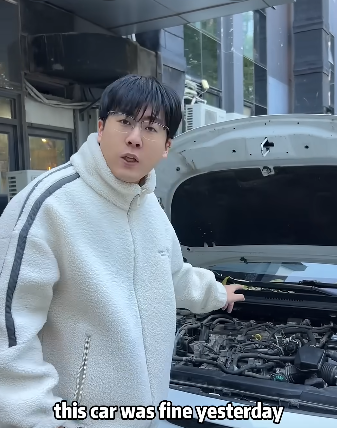
There’s nothing more frustrating than getting into your car, turning the key or pushing the start button, and realizing your car won’t start. Whether you’re rushing to work, picking up your kids, or just heading out for errands, a non-starting car can ruin your day. However, the good news is that most causes of a car not starting are common and can be solved without too much hassle. In this article, we’ll walk you through the most frequent reasons a car won’t start and provide step-by-step solutions to help you diagnose and possibly fix the issue.
1. Check the Battery
The most common cause of a car not starting is a dead or weak battery. The battery provides the electrical power necessary to start the engine and run other systems in the car.
Signs of a dead battery:
- The engine doesn’t crank or cranks slowly.
- Lights and dashboard are dim or completely off.
- Clicking sound when you turn the key.
Solutions:
- Jumpstart the car using jumper cables and another vehicle or a portable jump starter.
- Clean the battery terminals if they’re corroded. Disconnect the battery (negative terminal first), clean with a wire brush, and reconnect.
- Replace the battery if it’s more than 3-5 years old or fails to hold a charge after jumping.
2. Check the Starter Motor
If your battery is in good condition but the engine still won’t turn over, the issue might be with the starter motor.
Signs of a faulty starter:
- A single click when turning the key (but no engine cranking).
- No sound at all when trying to start.
- Smoke or a burning smell (rare).
Solutions:
- Tap the starter gently with a hammer while someone tries to start the car. This sometimes works temporarily.
- If tapping works, your starter needs to be replaced.
- If not, call a mechanic or have the car towed for a proper diagnosis.
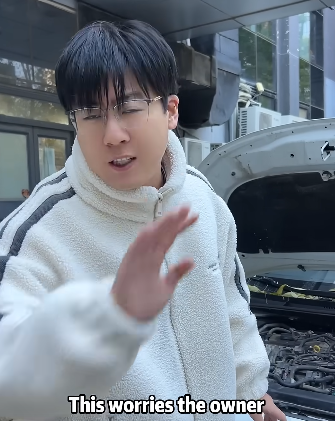
3. Fuel Problems
Your car needs fuel to start. A lack of fuel or fuel delivery issues can prevent the car from starting.
Signs:
- The engine cranks but won’t start.
- You may smell fuel (in case of flooding or leaks).
- Fuel gauge shows empty (even if you thought there was gas).
Solutions:
- Check the fuel gauge. It might sound obvious, but it’s common to forget to refuel.
- Listen for the fuel pump. When you turn the key to “on”, you should hear a humming sound from the fuel pump. If not, the pump may have failed.
- Check fuel filters. A clogged filter can stop fuel from reaching the engine.
- If you’re not getting fuel, consult a mechanic.
4. Ignition System Problems
The ignition system includes spark plugs, ignition coils, and related wiring. If these are faulty, the engine won’t start.
Signs:
- The engine cranks but doesn’t start.
- You smell fuel (suggesting it’s not igniting).
- No spark (diagnosed with a spark tester or mechanic).
Solutions:
- Replace spark plugs if they’re old, fouled, or damaged.
- Check ignition coils and wires.
- Use an OBD2 scanner if available to read any error codes related to misfires or ignition faults.
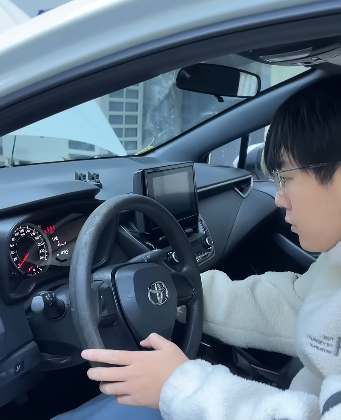
5. Security System Issues
Modern cars have anti-theft systems that can prevent starting if they detect a problem with the key or system.
Signs:
- A flashing key or lock symbol on the dashboard.
- Car cranks but doesn’t start.
- “Immobilizer active” message on the screen.
Solutions:
- Try a spare key if you have one.
- Lock and unlock the car with the remote several times.
- Disconnect the battery for 10-15 minutes to reset the system.
- If these don’t work, you may need a dealer to reprogram the key or security system.
6. Gear Selector Issues (for Automatics)
If your car is not in “Park” or “Neutral,” it won’t start.
Signs:
- Nothing happens when you turn the key or push the button.
- Indicator light is off or not showing “P” or “N.”
Solutions:
- Shift the gear to “P” or “N” and try again.
- Try wiggling the gear selector while starting.
- If the shift lock is stuck, insert a key or screwdriver into the override slot (usually near the gear shift).
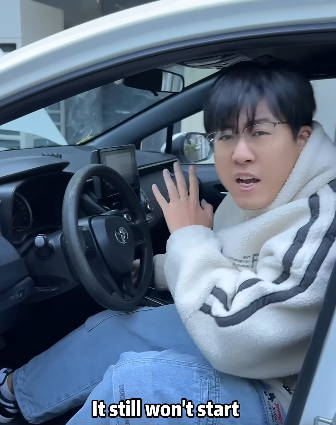
7. Bad Alternator
While the alternator doesn’t help start the car directly, a bad alternator can prevent the battery from charging properly.
Signs:
- Battery dies shortly after being charged or jumpstarted.
- Dim lights and electrical issues before failure.
- Battery warning light stays on.
Solutions:
- Test the alternator with a multimeter. When the engine is running, it should read 13.5–14.5 volts.
- If it’s under 13 volts, replace the alternator.
8. Blown Fuses or Relays
Sometimes a simple blown fuse can prevent your car from starting.
Signs:
- No crank, no sound, and all other components seem fine.
- Key won’t turn or button doesn’t work.
- Dashboard lights may not come on.
Solutions:
- Locate the fuse box (under the hood or dashboard).
- Check the starter relay and ignition-related fuses.
- Replace any blown fuses with ones of the same amperage.
9. Clogged Air Filter or Intake Issues
An engine needs air to mix with fuel for combustion. A clogged air filter can choke the engine.
Signs:
- Engine cranks but struggles or fails to start.
- Poor engine performance before the issue.
- Check engine light may be on.
Solutions:
- Check the air filter for dirt and debris.
- Replace the air filter if it’s dirty.
- Make sure there are no blockages in the air intake.

10. Engine Mechanical Issues
Though less common, internal engine problems like timing belt failure or compression loss can cause no-start situations.
Signs:
- Engine cranks with unusual noises (whirring or uneven rhythm).
- No compression in one or more cylinders.
- Timing belt or chain may be visibly broken or loose.
Solutions:
- Unfortunately, these problems usually require professional attention.
- Tow the car to a mechanic for a full diagnosis.
Final Tips Before Calling a Tow Truck
- Listen carefully. The sounds your car makes (or doesn’t make) can offer big clues.
- Use your senses. Smells, dashboard lights, or even how the key feels when turning can all help.
- Don’t panic. Sometimes it’s just a loose wire or a dead key fob battery.
When to Call a Mechanic
If you’ve checked the basics—battery, fuel, and fuses—and the car still won’t start, it’s time to get professional help. A certified mechanic can perform a full diagnostic check and fix deeper electrical or mechanical problems.
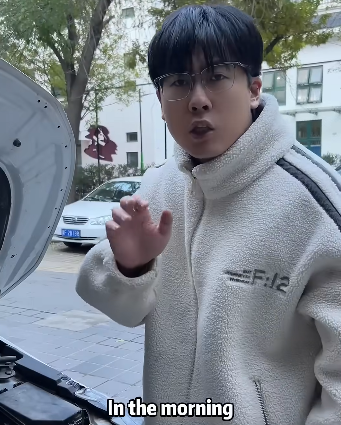
Conclusion
Dealing with a car that won’t start is inconvenient, but understanding the potential causes makes it easier to diagnose and possibly fix the problem yourself. From a dead battery to a faulty starter or even a security system glitch, many no-start issues are common and fixable. By following the steps above, you can save time, reduce stress, and maybe even avoid a costly repair bill. Always keep jumper cables, a basic tool kit, and an OBD2 scanner in your vehicle—you never know when they’ll come in handy!



